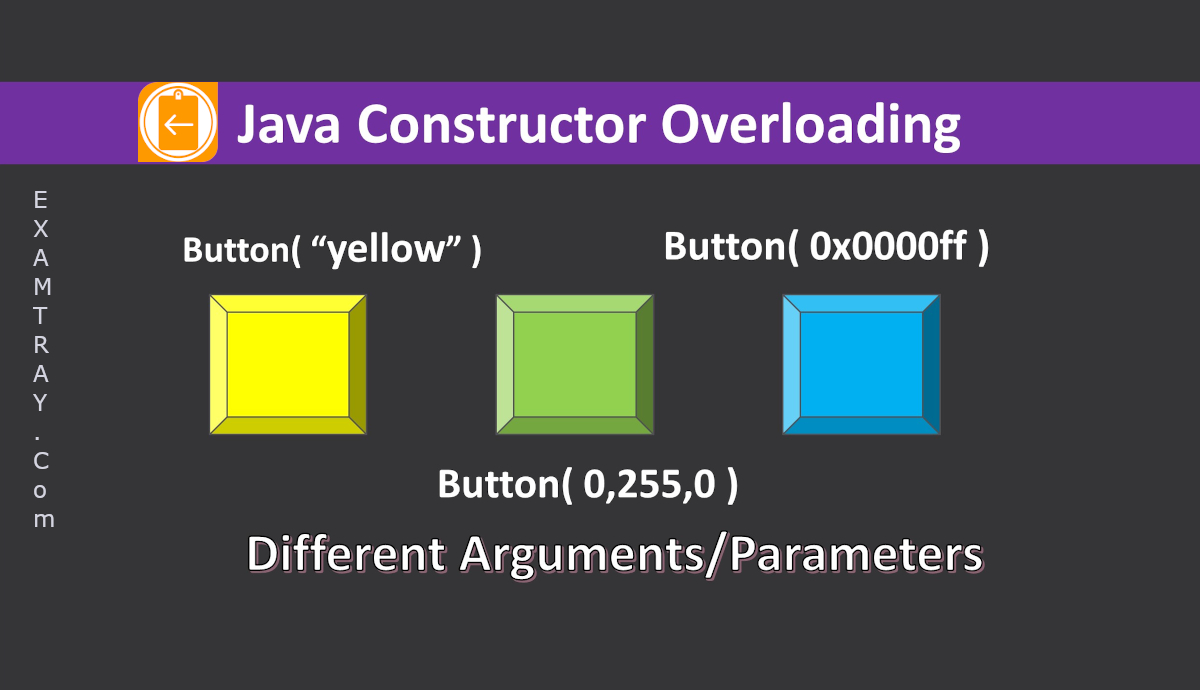

If we do not provide an user-defined constructor in a class, the compiler initializes member variables to its default values such as:
#Java constructor method code
This default constructor is not present in your source code or the java file as the compiler automatically puts it into the Java code during the compilation process and therefore we can’t find it in our java file, rather it exists in the bytecode or. The Java compiler automatically creates a default constructor if we do not write any constructor in our program.

Default ConstructorĪ Default Constructor is a constructor with no parameter. Let’s discuss each of them with examples: 1. There are two types of constructors in Java, which are: In the above line, the new keyword creates the object of class M圜lass and invokes or calls the constructor to initialize this newly created object. When we initialize or create the object of M圜lass it looks like this: M圜lass obj = new M圜lass() Let’s take an example to understand the working of a constructor. Note that the constructor name matches the class name and it is without a return type.


Note: When we create an object of a class, at least one constructor is called. It is not necessary for Java coders to write a constructor for a class. The name of the constructor is the same name as that of the class and its primary job is to initialize the object with a legal initial value for the class. It is a special type of method that instantiates a newly created object and just after the memory allocation of this object takes place, the constructor is called. “A Constructor is a member function which has the same name as its class and is used to initialize the object of that class type with the legal initial value.”Ī constructor is a member function of a class that is called for initializing objects when we create an object of that class. Keeping you updated with latest technology trends, Join TechVidvan on Telegram Constructor in Java


 0 kommentar(er)
0 kommentar(er)
